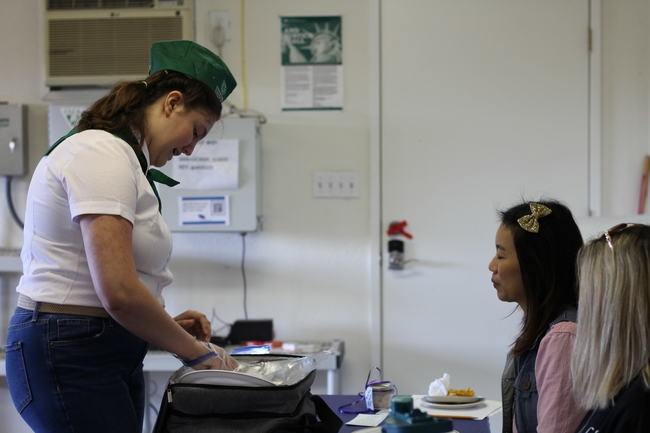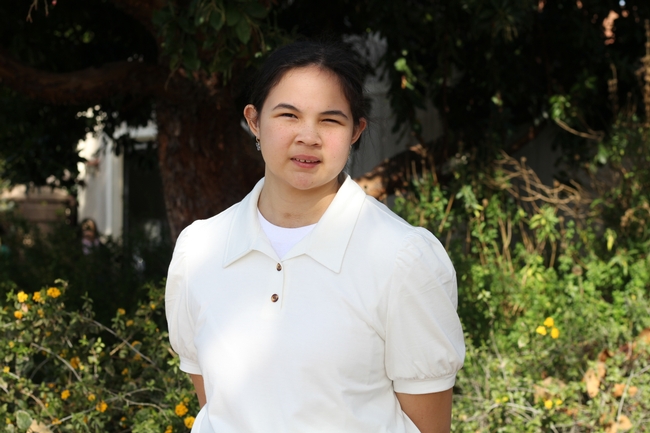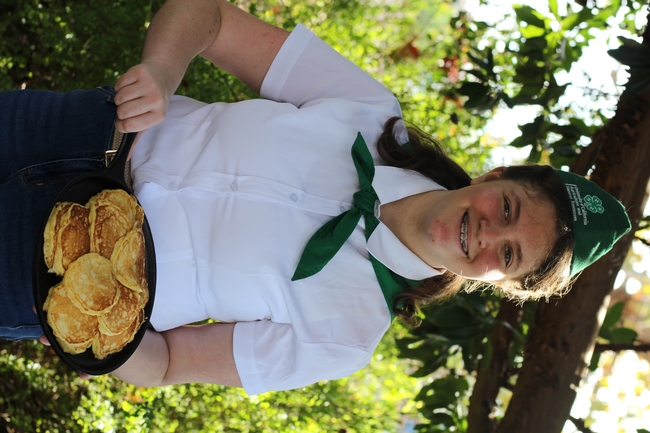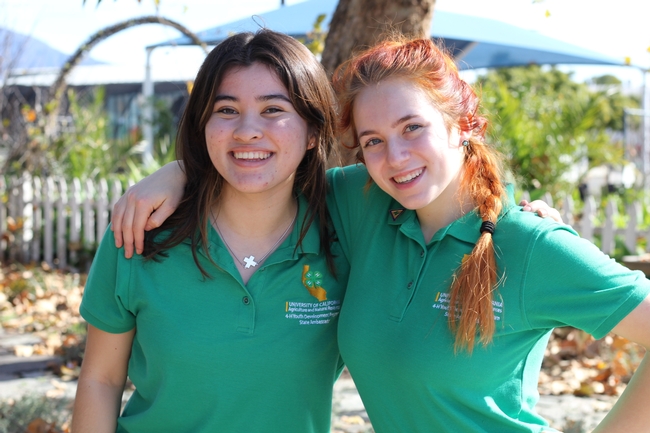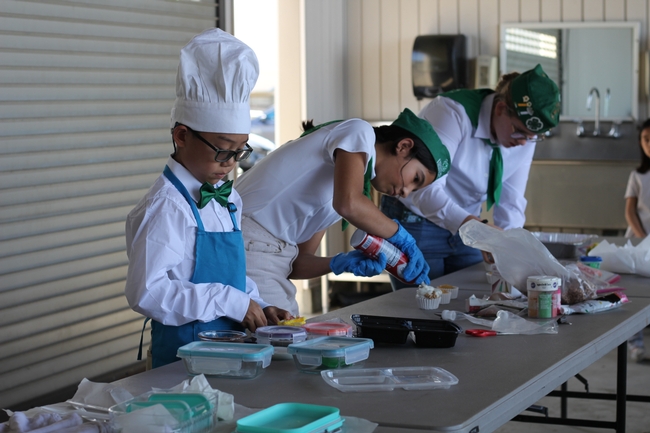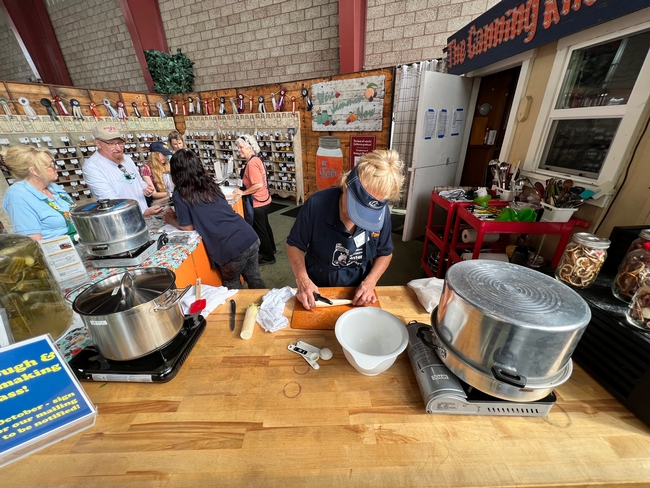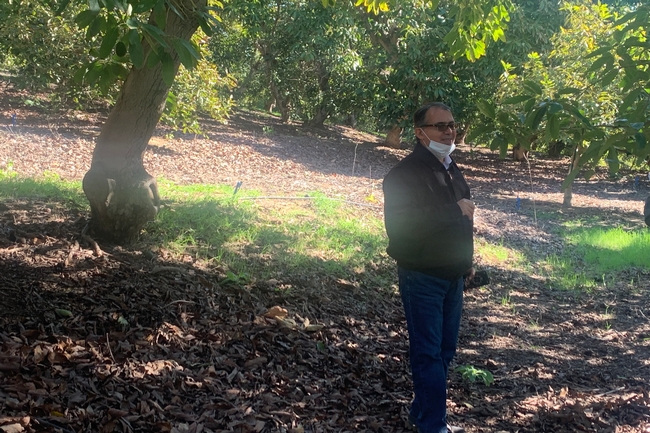
Posts Tagged: Orange County
‘Super Carbolicious’ 4-H Food Fiesta challenges young chefs
Inside a quiet classroom, Sadie, a 4-H member in Orange County, stands in front of two judges with an insulated cooler bag in hand. From it she pulls out plates, utensils and napkins and sets them down on the table. She unzips the bottom compartment and carefully reaches for a cast iron platter with golden fluffy pancakes piled on top.
“Would you like syrup with your pancakes? I highly recommend it,” said Sadie, an eighth grader who is participating in the annual 4-H Food Fiesta for a second time.
4-H, a youth development program supported by the University of California Agriculture and Natural Resources and administered through local UC Cooperative Extension offices, promotes hands-on experiential learning for all youth.
Rita Jakel, 4-H program coordinator for Orange County, described the Food Fiesta event – intended for ages 5 to 18 – as an opportunity to practice and showcase public speaking skills through a fun, food-related competition.
Youth present their creations before a panel of evaluators, who ask them to describe how they prepared the dish and why, and how they managed challenges throughout the process. The interaction between youth and adult leaders provides a unique opportunity for youth to practice career readiness skills such as job interviews and public speaking.
This year's theme was “Super Carbolicious” and 4-H participants were encouraged to make their favorite dishes using ingredients like pasta, potatoes and bread. Carbohydrates are often perceived as unhealthy, which is not a helpful mindset to have when teaching youth about nutrition. Carbohydrates provide the body with glucose, which is converted into energy that people need to function throughout the day.
Some of the dishes that were presented during the Food Fiesta included chocolate chip banana bread, cheesy baked potatoes, cookies and Nutella-stuffed crepes. 4-H member Kaitlin had only ever attended the Food Fiesta to cheer on a friend. This year, she decided to participate and presented pumpkin macaroni and cheese as her entry.
“Pumpkin mac and cheese is better than the regular one because there's a lot more flavor and you have to use two cheeses: cheddar and parmesan,” explained Kaitlin, a seventh grader. When asked what motivated her to participate instead of a being a bystander this time around, Kaitlin said that she wanted to work on her presentation skills.
“Usually, I'm a bit shy and I don't like to share that much. The Food Fiesta helped me practice speaking up more so that I can accomplish my goals,” Kaitlin said.
Sadie, who loves public speaking, admits that it wasn't always a strength of hers. “There was a time when I hated public speaking. But when I joined 4-H's cake decorating, poultry and food fiesta events, I got more comfortable with public speaking,” she said. “Now, I like going to events and showing off. I get to show off turkeys, my cakes and, today, I presented homemade pancakes.”
Helping to keep the day's festivities running smoothly were two 4-H state ambassadors: Michaela and Laurelyn, two high school seniors. Both have been involved in 4-H for over nine years, with Laurelyn being a third-generation 4-H member. “My grandmother grew up in a 4-H club in Orange County. She still raises breeding lambs for 4-H members to this day,” said Laurelyn, whose mother was a 4-H member in San Joaquin County.
As state ambassadors, they are responsible for creating and presenting workshops during state, national and regional events. “We also engage the public via social media, specifically TikTok and Instagram (@4horangeco),” said Michaela, who is in her second year as an ambassador.
During the Food Fiesta, Michaela and Laurelyn made themselves available to answer questions from participants and their families. Both ambassadors agreed that seeing parents involved in 4-H should not come as a surprise. “Being in 4-H is a family effort. This isn't an extra-curricular where you just drop your kids off and leave,” said Michaela.
Laurelyn shared that the biggest misconception others have about 4-H is that they think it's about introducing youth to agriculture or livestock. There's a civic engagement and leadership component to it, too. “If parents knew about all the ways 4-H can benefit their kids, I think more people would want to join us,” she said. “And they're finding fun ways to help us learn life skills, like this Food Fiesta.”
The homemade dishes weren't the only thing to look forward to, however. In another building, Sandy Jacobs, volunteer event coordinator, and her team set up a kitchen quiz for members. On several tables, there were different cooking tools and participants were challenged to name as many tools as they could.
In another classroom, while some members were presenting food, others presented their themed table setting décor. Participants had to prepare a complete table setting entry including a menu card, centerpiece and table settings for two. Judges considered creativity, use of color, table setting etiquette, knowledge in talking to the judges, and appearance in their evaluation.
Finally, to wrap up the day, members competed in a cupcake decorating competition. Participants were responsible for bringing their own supplies including tools and edible decorations for Cupcake Wars. Depending on their age group, participants had 20 minutes to decorate two to four cupcakes, each of a different theme.
To learn more about 4-H in Orange County, visit https://oc4h.org/.
More than a TikTok trend, preservation is the future of food
UC Master Food Preservers give live canning demonstrations at Orange County Fair
If you visited the Orange County Fair in Costa Mesa during the past month, you might have seen the Master Food Preservers of Orange County in their rustic farmhouse-themed kitchen located in the OC Promenade exhibit hall.
If the decor did not catch your eye, the colorful rows of glass jars lined along the walls certainly would have. For an entire month, three volunteers conducted live canning demonstrations from 11 a.m. to 8 p.m. five days a week. They are with the UC Master Food Preserver Program, a public service and outreach program under UC Agriculture and Natural Resources.
The OC Fair is UC Master Food Preserver's largest event in Orange County. Last year, the UC Master Food Preservers engaged 7,000 people at their booth.
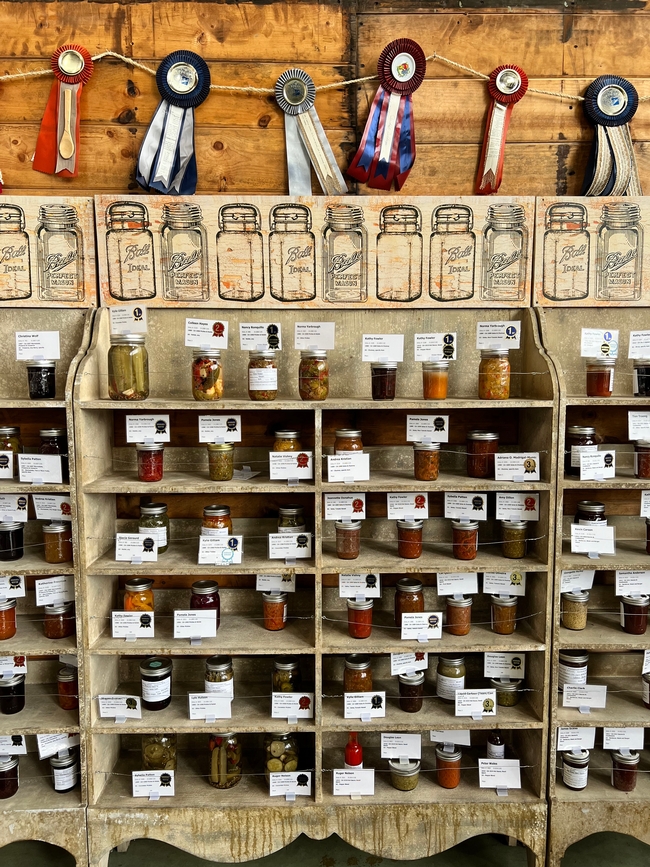
Food preservation has a deep history rooted in human survival. Whether freezing, drying, fermenting or pickling, preservation is a practice that has prolonged the life of food and humans. Other benefits include reducing food waste and increasing food security.
The latest form of preservation, called canning, was introduced in the early 1800s according to a Smithsonian article. By placing food in a glass jar and heating it to a certain temperature for a prescribed period of time, oxygen is removed and a vacuum is created. This process prevents the growth of undesirable bacteria, yeasts and molds, thus keeping the food from spoiling.
This is what you would have found the UC Master Food Preservers demonstrating at the OC Fair.
During her shift, Flo Vallejo, UC Master Food Preserver since 2018, carefully chopped carrots and daikon into thin slices and placed them inside small mason jars with spices inspired by Vietnamese cuisine.
Between the produce donated by Melissa's Produce and the diverse spices donated by Tampico Spice, the possibilities of what you will see the UC Master Food Preservers canning are endless.
“This is something my great-grandmother, grandmother and mother did. I never understood it because they didn't let the little kids in the kitchen,” said first-year UC Master Food Preserver Alice Houseworth.
Many of the UC Master Food Preservers have some experience with canning, whether it be a practice passed down from generation to generation, or, in Houseworth's case, something they watched their elders do as a child.
Some might view canning as a hobby, but according to the UC Master Food Preservers, food preservation is an opportunity to prepare for economic and climatic change. 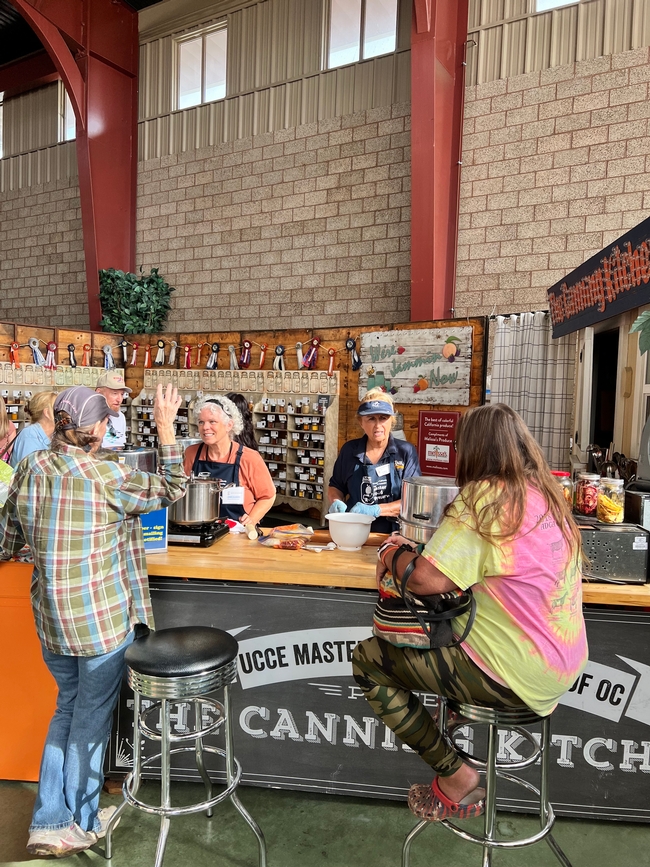
Esa Kiefer, another UC Master Food Preserver since 2018, expressed her concern for the rising prices of food and decline in arable land. “I feel like now is the time to prepare for these changing times,” she said. “Who knows what the future will look like for food?”
Perhaps the future of food will come from glass jars.
“You can even can chicken,” Houseworth said. “When it's cheap at the grocery store, you can buy it and use the pressure canner and then eat it when chicken prices go up.”
Vallejo recalls when pickling and canning were trending on social media during the stay-at-home phase of the COVID-19 pandemic, making it difficult to find mason jars.
“Preservation has been done for a long time. When I saw a lot of people doing it during the pandemic, I thought it was just because people had time on their hands. But I realized that many became concerned about the food supply and accessibility,” she explained.
The resurgence in food preservation interest makes the work of the UC Master Food Preserver program much more essential. Whether you are feeding a large family, living in a food desert or managing a tight budget, food preservation ensures you are fed today, tomorrow and beyond.
To learn more about the Master Food Preserver Program or to locate the nearest program in your area, visit: https://mfp.ucanr.edu/.
Avocado growers to get irrigation tools, strategies from UC ANR’s Montazar
CDFA grant supports research to optimize water use for iconic California crop
California growers, who account for more than 90% of avocado production in the U.S., will soon be getting some help in weathering the extreme fluctuations of climate change.
Ali Montazar, a University of California Cooperative Extension irrigation and water management advisor, recently received a grant to develop tools and strategies that optimize growers' irrigation practices across Southern California – the state's avocado belt. California avocados are valued at more than $411 million, according to the National Agricultural Statistics Service.
“This region faces uncertain water supplies, mandatory reductions of water use, and the rising cost of water – while efficient use of irrigation water is one of the highest conservation priorities,” Montazar said. “Water is the most critically important input to avocado production.”
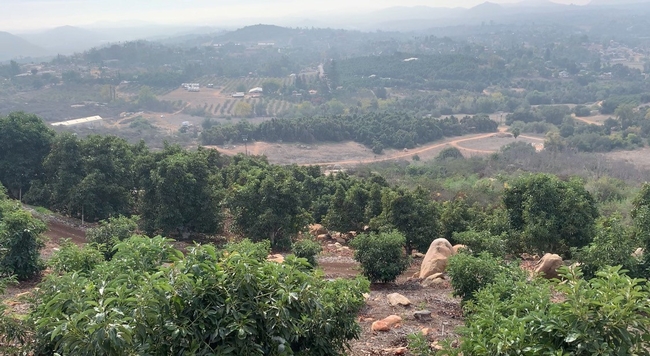
At the California Avocado Commission's suggestion, Orange County was added to the study to better capture the range of climates and cropping systems across the region, Montazar said.
He hopes to develop “crop coefficients” that avocado growers can use to determine the optimal irrigation for their crop based on a host of factors: soil type and salinity, canopy features, row orientation, slopes, soil and water management practices, and more.
“Growers are unclear on how much water the crop actually needs under those conditions,” Montazar said.
He will incorporate data from the actual water use in the experimental orchards – including information from the newest soil moisture and canopy temperature sensors – to help ensure growers do not under- or overwater their crops. Overirrigating contributes to a devastating disease, avocado root rot, caused by the plant pathogen Phytophthora cinnamomi.
Another component of the grant supports outreach in disseminating these resources and best practices to the broader agricultural community.
“Developing and adopting these tools and information may have a significant impact on water quality and quantity issues and bolster the economic sustainability of avocado production not only in the well-established production region of Southern California, but also in Kern and Tulare counties where new avocado plantings are growing,” Montazar said.
Preliminary findings and recommendations are expected at the end of 2022.
Mountain Lion Attack in Orange County on Livestock
A mountain lion entered an Orange County corral last week where nine pygmy goats belonging to...
Professionals Get Hands-On Rodent Training
In October 2016, the University of California Cooperative Extension, Orange County, in association...

Participants at West Coast Rodent Academy.

Participants at West Coast Rodent Academy.

Participants at West Coast Rodent Academy.
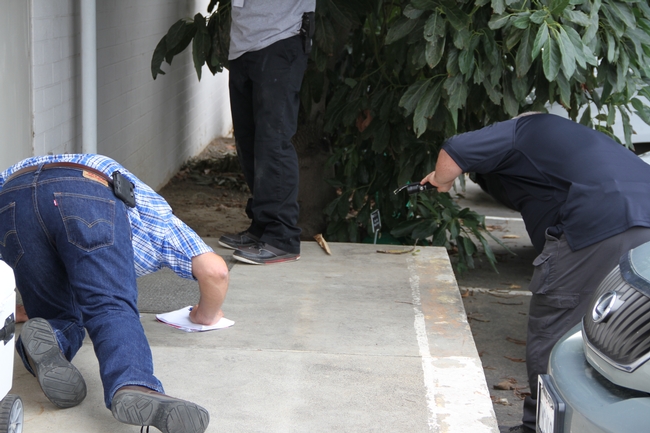
Participants at West Coast Rodent Academy.
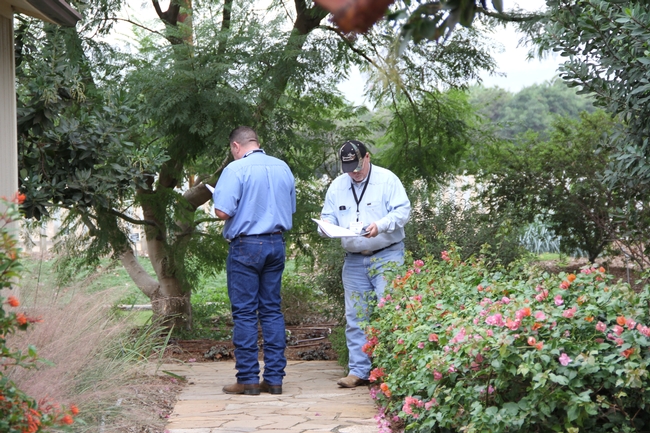
Participants at West Coast Rodent Academy.
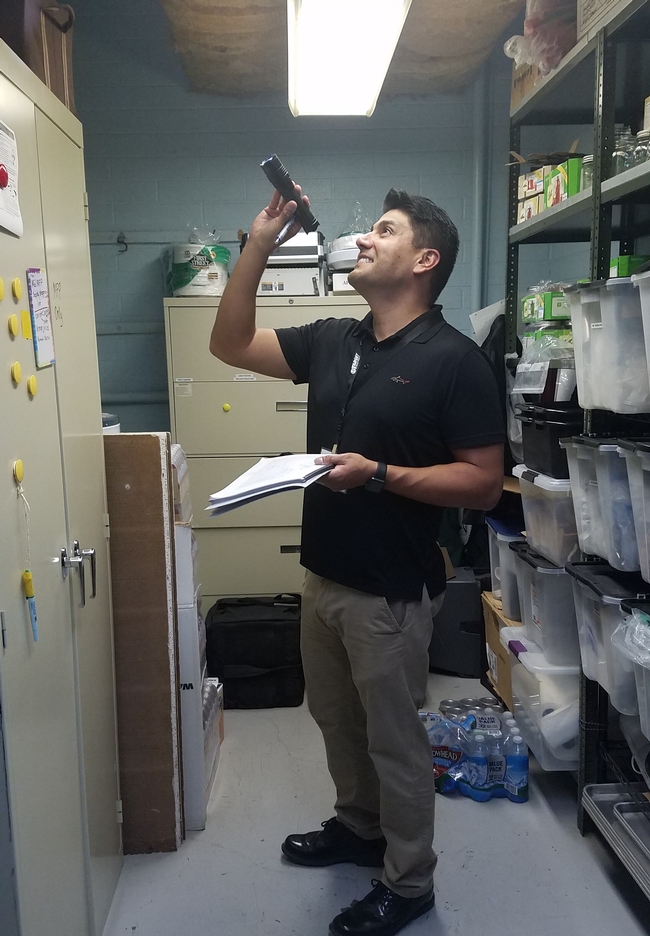
20161027 142553

